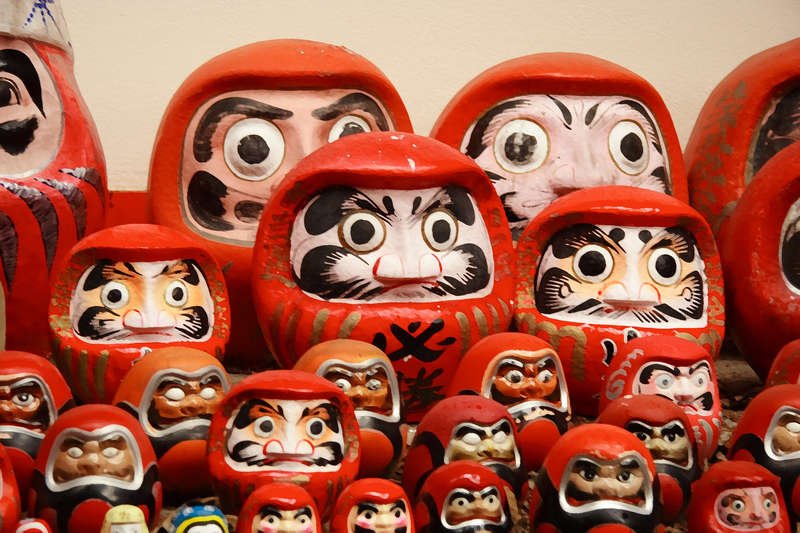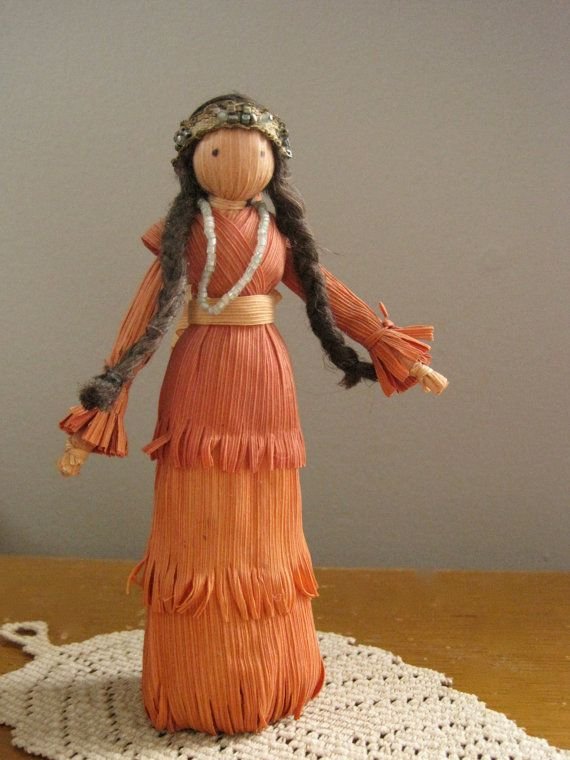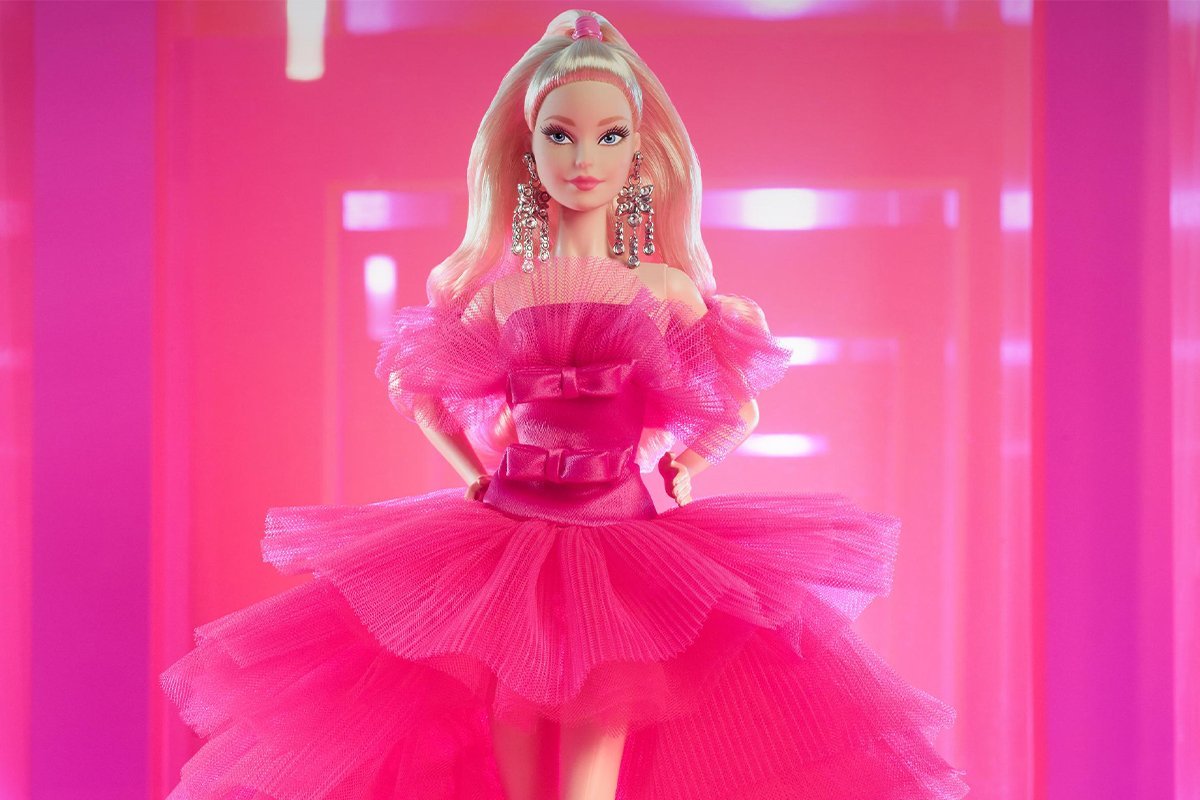The Influence of Dolls on Fashion
By Madeleine Kaptein
Photography by Arjun Clare
I did not choose my first doll– it was given to me as a gift. Like many young girls, I was expected to find entertainment in this miniature human figure, to project the depths of my imagination onto it, and to look at the doll and see some part of myself. What I did with the doll was up to me, but one aspect I could not initiate was the doll’s style: its clothing, its accessories– that was one aspect that projected back onto me, and it may have been the most important.
To understand the modern role of dolls we have to look at where they come from. The first archeological evidence of dolls materialized in Ancient Greece, Rome, and Egypt, found in tombs dating back to 2000 BC. The uses of dolls in these early societies are fairly enigmatic, though various theories view them as devices for rituals or education. African dolls were known to be messengers to the gods, while the Japanese made Daruma Dolls, a symbol of perseverance and good luck. From Native American corn husk dolls to porcelain dolls to the chilling voodoo doll, humans have apparently always been inclined to project their culture onto smaller, hand-held versions of themselves.


To replicate humans, especially culturally, dolls must be dressed! From this simple reality, the intertwinement of dolls and fashion is born. While all dolls wearing clothes reflect some degree of fashion, according to The Fashion Historian, the official “fashion doll” was born in 17th Century France and Renaissance Italy. Unlike modern mannequins, they had painted faces and human-like features. They were most prominent in Paris, the fashion capital of the world– when clothes were wildly expensive and never purchased lightly, the wealthy class assessed what they could buy using these dolls first. Imagine Marie Antoinette surrounded by customized dolls decked in outrageous skirts and jewels, tossing them aside until she finds one that meets her lavish standards. In this era, wealthy adults “played” with dolls.
So then how did dolls land in the hands of children? Zohar Shavit’s casebook on fairy tales explains how until the 17th century, the concept of “childhood” was not really acknowledged. Children were treated and dressed like miniature adults. But when quality of life improved and people had enough time to take a step back, the need for specific education, clothing, and toys for children came to light. Dolls—historically used for luxury fashion, rituals, or as expensive collectibles—were given to children as playthings. Moving dolls into the children’s world gave children hands-on access to fashion. Not only would their dolls’ dress influence their perception of fashion, but later dolls came with multiple clothing pieces and could change outfits, giving children autonomy in stylistic choices.
Dolls are modeled after humans, right? Maybe at one time, but since the 1940s when young girls became the main demographic for the typical doll, the dynamic has been psychologically reversed. We’ve all seen the statistics and studies exploring how girls can be influenced by their dolls with disproportionate, unrealistic bodies– the study Body Image published by Newcastle University shows that extremely thin dolls manipulate girls’ minds into idealizing one body type, leading to eating disorders. If girls are influenced by the figures of their dolls, they will inevitably be influenced by their clothing as well.
Let’s start with the dominating “it-girl” of the doll world: Barbie. Barbie is marketed as a fashion-forward career woman; she has embodied almost every in-style fashion from 1960 on. Examining her outfits through the decades is an excellent way to observe the evolution of popular clothing. Time Magazine shows us her first “career” as a corporate executive in 1963 (see here for more), and she has embodied an astronaut, baseball player, presidential candidate, and computer engineer. On paper, she sounds like the perfect doll to land into young girls’ hands to inspire their fashion and long-term ambition.
Let’s start with the dominating “it-girl” of the doll world: Barbie. Barbie is marketed as a fashion-forward career woman; she has embodied almost every in-style fashion from 1960 on. Examining her outfits through the decades is an excellent way to observe the evolution of popular clothing. Time Magazine shows us her first “career” as a corporate executive in 1963 (see here for more), and she has embodied an astronaut, baseball player, presidential candidate, and computer engineer. On paper, she sounds like the perfect doll to land into young girls’ hands to inspire their fashion and long-term ambition.
Despite this, Barbie is still largely perceived as consistently blonde, unrealistically thin, and wearing pink– my own experience with Barbies growing up fits this stereotype. I planted her in a massive pink house and dressed her in the pink clothes and high heels she came with. For the majority of girls, Barbie’s role as a career woman is something they learn about past their childhood, long after style impressions have settled in. Barbie never matched my personal style– I never liked wearing pink or bright colors, so why was I dressing my dolls that way? Barbie impacted what I saw as “fashion,” and my style did not compare. I could not perceive myself as a “fashionista” if I didn’t wear pink dresses. Search “Barbie Dolls” on Google Images and you will see pink. Barbie is also often seen living in mansions and driving expensive (pink) cars.
Pink is often problematically associated with weak and inferior femininity, and Barbie’s character is able to fight that notion. However, she also narrows the idea of fashion.
American Girl Dolls are another modern popular doll. They are larger in size and present a set of characters from different eras in American history– each doll has an elaborate personality and an extensive wardrobe to represent different settings in their specific historical time period. Felicity from the Colonial Era, Julie from the 70s, and Addy from the Civil War are just a few of the figures presented, and there are books and movies to go along with each. American Girl also produced “look-alikes,” dolls with every combination of eye color, skin color, hair color and length so girls can find one that looks like them and style it. Once again, American Girl Dolls appear well-designed and ideal; they teach history, allow diversity, demonstrate fashion through the ages, and give girls the opportunity to project their personal style onto a doll that has their physical features. With this in mind, the average American Girl Doll costs 100 dollars, and that excludes all of the extra outfits that allow the styling of the dolls to happen in the first place, not to mention the expensive accessories. Distractify examines the customizable and realistic features of the dolls that make them so expensive (see here for more). These costs make the dolls largely inaccessible to many families; I was fortunate enough to have my Felicity Doll, but I spent multiple hours pouring over the catalog and circling the exorbitantly priced outfits I could have been dressing her in.
Despite these issues with modern dolls, they are still iconic tools to stimulate creativity in young girls and to influence and promote their ideas about dress and fashion at ages when their parents may still be telling them what to wear. In our day and age, we should harness the power of dolls to encourage creativity and the development of a personal style and diversity over one set idea of fashion, and ensure this influence is accessible.
Photographer: Arjun Clare
Model: Bea Parr



























